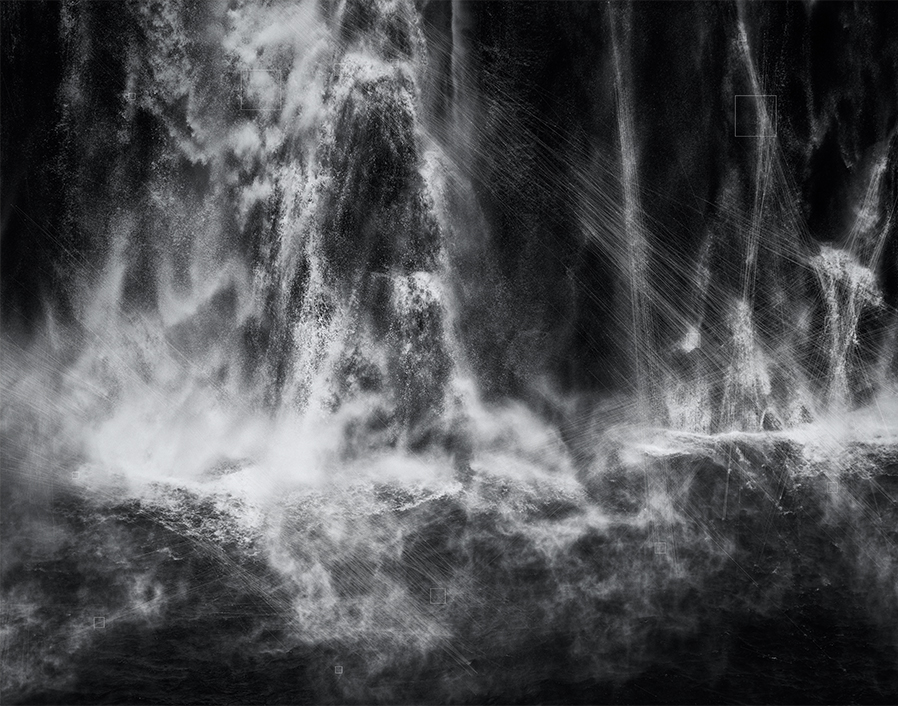Trevor Paglen
“The question becomes: how do you see the specificities of your own historical moment, and see them as part of a conversation that’s been happening for thousands of years? The intersection of those two axes is where I get most excited about looking at art and being an artist.”–Trevor Paglen

Words by Trevor Paglen
There are two things that I would say are the underlying principles that guide my work: one, I want art to help us see the historical moment that we find ourselves in. That’s actually a fairly specific thing to want out of art. I’m not interested in ‘timeless truths’ (I don’t think they exist) or formal innovation for its own sake (which I also don’t think exists anymore). Art encompasses a huge range of objects and activities, so I think it’s fine for me to narrow down my concerns in this way. Every artist has to decide what they care about and what they don’t, and proceed accordingly.

The second aspect of the work is, as I said, to try and see the historical moment on both a horizontal axis and vertical axis, or rather a spatial and temporal axis. If I look up at the night sky and try to track all the secret satellites and pieces of space debris, for example, I’m engaging in an activity and seeing a landscape that’s very specific to the late twentieth and early twenty-first centuries. On the other hand, humans in general and artists in particular have been looking at the night sky for tens of thousands of years, which is something I’m also extremely conscious of. The question then becomes: how do you see the specificities of your own historical moment, and see them as part of a conversation that’s been happening for thousands of years? The intersection of those two axes is where I get most excited about looking at art and being an artist.
